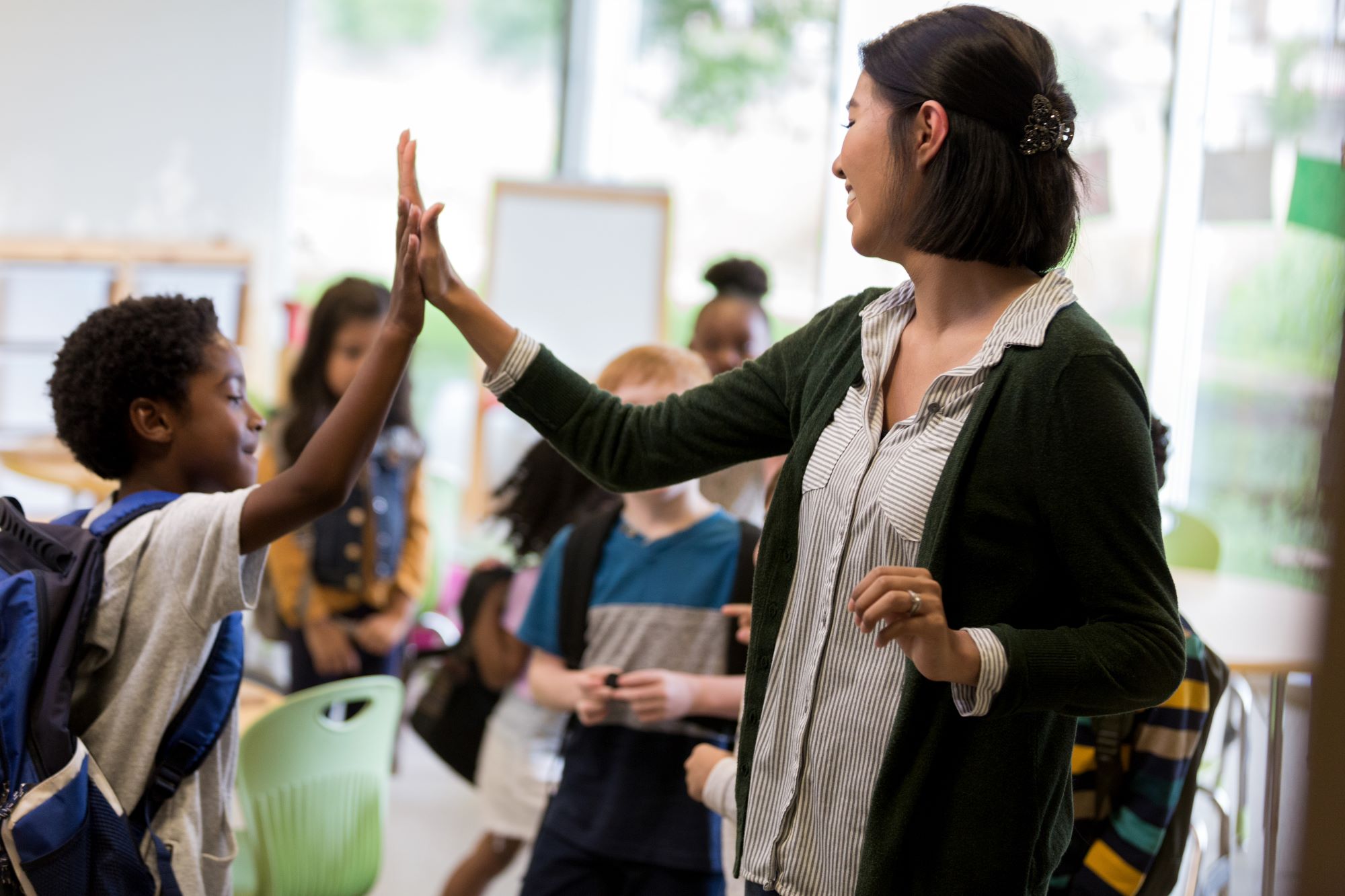
“I feel so smart.”
That was how one of my special education students began one of their post-project reflections. The waters can be tricky to navigate in heterogeneous learning environments with students of varying ability levels, but sometimes there are magical moments as well. I’ve found that Project Based Learning can be a great equalizer.
Many times, students who receive special education services have specific needs in managing executive functions. According to the National Center for Education Research, executive function skills “are the attention-regulation skills that make it possible to sustain attention, keep goals and information in mind, refrain from responding immediately, resist distraction, tolerate frustration, consider the consequences of different behaviors, reflect on past experiences, and plan for the future.”
These are some of the same skills students need to learn to be successful in a PBL environment – all students, regardless of their ability level. Our pedagogical approach to these skills can facilitate equity in our classrooms and lead to value-creating spaces, which special education students sometimes do not experience.
Let’s look at how scaffolding the Essential Elements of Gold Standard PBL can benefit Special Education students, and others too.
The elements Challenging Problem or Question and Authenticity connect to strategies for sustaining attention that can be practiced regularly in the PBL classroom. Common accommodations to address executive function skills like sustaining attention include frequent reminders, restating of directions, and frequent checks for understanding. Regularly building these strategies into project management with intentional review of the driving question and learning outcomes can help meet the needs of exceptional students, and they can also support students of any ability level. Authenticity helps sustain attention too; if the project is about something students can truly connect to, it is more likely that students will be engaged.
Sustained inquiry can also help keep students engaged. If there are breadcrumbs along the project path, students can begin to make connections between the phases of the project. Students can keep goals and information in mind as they make these connections that lead to the public product and project conclusion. Periodically revisiting the Need to Knows can sometimes lead to new questions, which can drive the project forward, and using the PBLWorks Learning Log is a way to capture student thinking and new questions that arise. Further, the workshop model of direct instruction delivers information in digestible chunks rather than a longer lecture. Immediately following the workshop, having students apply that information cements that information with an action.
Reflection during a project can be managed in ways that support special education students too. If students have an established system for sharing their thinking, either within a group or as a whole class, students who find it difficult to respond appropriately have a way to self regulate their actions in a safe space.
Understanding how to express Student Voice and Choice within a PBL environment is a valuable skill for every student, but especially students who are challenged in this area. Establishing group or class norms about communication, crafting conversation frames, or even agreeing to conflict resolution steps before they arise, can help students manage impulsivity. By learning to refrain from responding immediately by following expectations set forth in a learning space, students can transfer this skill to other areas.
Critique and Revision is a key component of every project, and to be most effective it has to be intentional. It’s a good idea to plan for points of reflection prior to the potential classroom culture missteps that can occur when students give each other feedback. This will help students who struggle with impulse control to work on self-monitoring, by thinking about how behaviors that are more positive would result in different consequences. For example, asking a question like, “What is the protocol for sharing an idea with the group?” will allow them to reflect on past experiences when this did not go very well. A powerful additional activity is to have that student critique their behavior at the end of each period: What did they do well, what improvements could they make, and how can the teacher help facilitate those improvements?
A Public Product for a project is typically shared at an event, a presentation, or something of that nature. Many students who receive special education services need help with goal setting and planning for the future. Goals can seem very abstract, but planning for making their project work public adds relevance to this executive function. Chunking the public sharing process into smaller segments can help all students with prioritizing, time management, task management, role responsibilities, and collaboration. Again, our pedagogical approach to these skills can facilitate equity in our classrooms, as these are things we need to scaffold for all students.
Think differently about scaffolding.
My National Faculty colleague Ryan Sprott offered some similar thoughts in his blog post, Curb Cuts and Texting Might Change the Way You Design Projects, where he said, "Designing for the extreme user made the project goals clearer and more accessible to all students." Although Individualized Education Plans (IEP) are created for students who receive special education services, our PBL classrooms would benefit from scaffolding those same executive functions for every student we teach.

